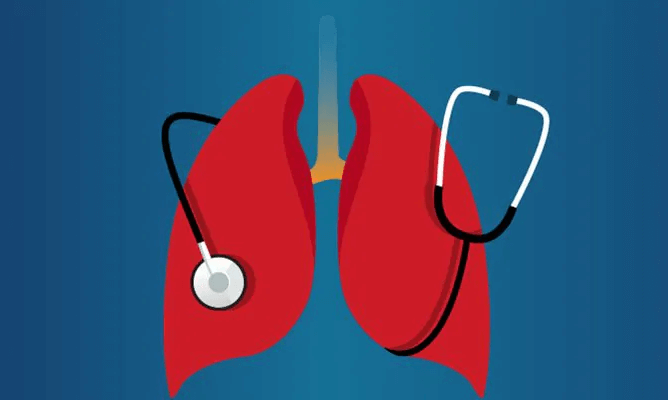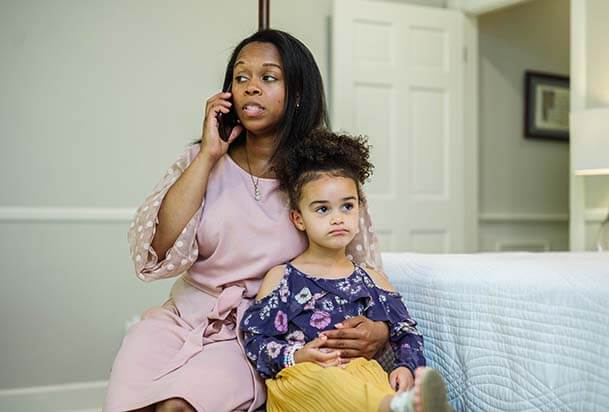



Summary
With early detection, lung cancers are more likely to be treated or cured.
The fact that you’re even here reading this shows that you care a great deal about your health! And the first step in preventing or reducing your chance of developing lung cancer starts with education.
Understanding your risk factors is a vital part of predicting and preventing lung cancer. Risk factors are what increases your chances of developing lung cancer. Some of these risk factors like family history, exposure to radiation, or other environmental exposures, cannot be changed. However, there are others, like tobacco smoking, that are within your control.
If you have quit smoking or continue to struggle with it, yearly screening with a Low Dose Lung Cancer Screening CT (LDCT) is important for early detection. Screening tests are focused on finding disease before it causes symptoms. If you are having symptoms like fever, cough, and unexplained weight loss, you need to be evaluated by your doctor.
With early detection, lung cancers are more likely to be treated or cured. Eligibility for a LDCT is based on certain criteria that will optimize the effectiveness of this very important test.
Here are some questions to ask yourself before you have your first LDCT (based upon the current U.S. Preventive Services Task Force Recommendations):
- Are you age 50-80?
- Do you currently smoke or have you stopped smoking within the past 15 years?
- Do you have a smoking history of more than 20 “pack-years?”
A “pack-year” is calculated by multiplying how many packs of cigarettes you smoke in one day by how many years you’ve smoked. For example, one pack per day for 20 years = 20 “pack-years.”
If you develop lung cancer, would you be willing or able to undergo potentially curative lung surgery? If you answer “yes” to these questions, you will most likely qualify for an LDCT.
Next, I recommend finding a trusted health care provider for counseling and shared decision-making about the next best step for you.
If LDCT is right for you, what should you expect? You will come to one of our hospitals or imaging centers where you will undergo a non-contrast CT of your chest. This takes a few minutes to perform. There are no needles, and you will not be injected with contrast or dye. Once complete, you will receive a letter within a few days with your CT results. Your referring health care provider will get them as well.
The results are very simple and will likely fall into one of these scenarios:
- You have nothing on your scan that looks like cancer or is likely to become cancer. This will mean that you will come back in one year for another screening CT.
- You may have a finding that requires a shorter follow-up CT in three or six months. The likelihood of cancer may still be low, but we want to see you again sooner to be sure nothing has changed.
- You may have a finding that requires more immediate additional testing like a bronchoscopy, lung biopsy, CT with contrast, or a PET/CT.
Regardless of your test results, being proactive about your health will increase the likelihood of early detection, which will increase your chances of being cured.


William R. Johnson, MD
William R. Johnson, MD, is a diagnostic radiologist at Premier Radiology, P.A. in Tupelo. He joined the hospital staff in 2015. Dr. Johnson received his medical training at the University of Mississippi School of Medicine in Jackson and completed his fellowship in cardiothoracic imaging at Washington University in St. Louis. He and his wife, Megan, have two children.
If you have any questions about lung cancer screening and whether it's right for you, take our quiz or talk to your primary care provider.

Subscribe to Our Newsletter
Like this content and want to get more? Sign up for True North, the health and wellness newsletter from North Mississippi Health Services!

Subscribe to Our Newsletter
Like this content and want to get more? Sign up for True North, the health and wellness newsletter from North Mississippi Health Services!

Nurse Link®
Call 1-800-882-6274 anytime to speak directly to a registered nurse and get immediate answers. Using computerized medical protocols, nurses direct callers to the most appropriate medical treatment. Our nurses are available 24 hours per day, seven days per week.